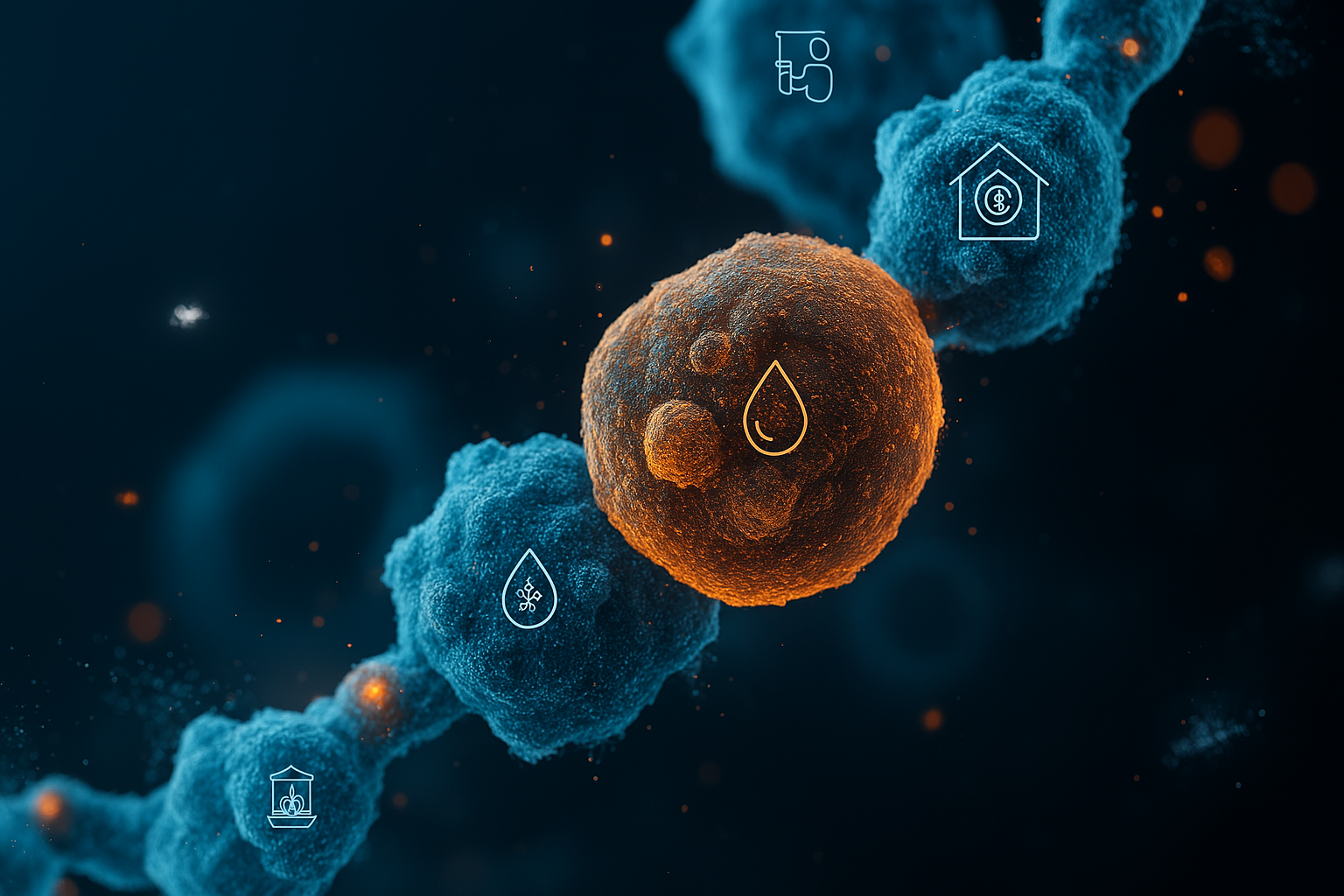
Peptides of the Highest Purity
South Africa's #1
Access the highest quality Research Peptides
AminoX is at the forefront of medical scientific advancement. Our commitment to excellence is reflected in the product we deliver. Our peptides are meticulously synthesized in cutting-edge, cGMP-compliant facilities, ensuring an unmatched purity level exceeding 99%.
Featured collection
-
NAD+ 500mg
Regular price R 999.00Regular priceUnit price / per -
Selank 20mg
Regular price R 999.00Regular priceUnit price / per -
Semax 20mg
Regular price R 999.00Regular priceUnit price / per -
Thymosin β4 1 mg
Regular price R 500.00Regular priceUnit price / per
-
cGMP Guidelines
We rigorously adhere to cGMP guidelines, ensuring that every step of our process upholds the highest standards of quality and safety. For sterile peptide preparations, we strictly follow USP 797, the gold standard for compounding sterile preparations (CSPs).
-
ISO Class 5
Our state-of-the-art facility operates within ISO Class 5 cleanrooms. Each of our peptides is meticulously formulated with USP-grade excipients and stored under optimal, temperature-controlled conditions to preserve their purity and integrity.
-
Batch Testing
Each batch undergoes stringent third-party testing procedures to ensure the highest quality standards are met. These tests guarantee sterility, confirm the absence of pyrogens, and validate the overall safety and efficacy of our products, giving you peace of mind regarding their use.
FAQ's
What are research peptides?
Peptides are naturally occurring molecules in the human body, consisting of short chains of amino acids linked by peptide bonds. These molecules serve various biological roles and can be synthetically replicated to be identical to their endogenous (naturally occurring) counterparts. Synthetic peptides are used extensively in scientific and medical research to study biological processes and cellular pathways.
Researchers in disciplines such as biochemistry, molecular biology, and pharmacology use peptides to explore critical human functions, including; cell signalling, protein-protein interactions, receptor functions, and potential therapeutic applications. Endogenous peptides act as signalling molecules, binding to specific receptors to elicit physiological responses which regulate various bodily functions. Unsurprisingly, peptides have become key targets for drug development and therapeutic interventions.
How long does delivery take?
If the product is in stock, we ship within 5 days of your order, or if you have pre-orderd we'll notify you via email when the next batch is due to arrive.
How are peptides made?
Peptides are synthesized through a technique called solid-phase peptide synthesis (SPPS). Here's a simplified overview:
- Initiating the process: The first amino acid is anchored to a solid resin, and its amino group is protected.
- Adding amino acids: The protective group is removed, allowing the next amino acid to join. This forms a peptide bond between the two amino acids.
- Repeating the steps: The process continues with one amino acid being added at a time, creating the peptide chain. The peptide chain is biologically capped at 30 bonded amino acids, after which a protein is formed.
Once the full peptide sequence is assembled, the peptide is cleaved from the solid resin using an acid to break the bond, which also removes any residual protective groups from the amino acids.This technique enables scientists to design peptides with tailored amino acid sequences, making them suitable for various applications in research, pharmaceuticals, and more.
Payment and Shipping
Currently, we only offer shipping within South Africa and accept payments via EFT. Additional payment options will be available soon.
Do you provide a certificate of analysis (CoA) with your products?
Yes, we are dedicated to maintaining the highest standards of product quality and transparency. A Certificate of Analysis (CoA) is available for each of our products.
How should I handle and store my peptides?
How should peptides be handled and stored?
Peptides are highly hygroscopic, meaning they absorb moisture from the air. To prevent condensation, it's important to allow the peptide to reach room temperature before opening the container. A desiccator or dry box is the best option for warming peptides to avoid moisture exposure.
Follow these handling guidelines:
- Weigh out the required amount of peptide in a clean, dry environment to avoid contamination.
- Ensure the container is tightly sealed immediately after use.
- Store any remaining peptide at -20°C or below in an airtight container with a desiccant to absorb any moisture.
Storing peptides in these conditions will help prevent bacterial degradation, structural changes, and oxidation, extending their stability for years. However, peptides that contain amino acids such as cysteine, methionine, tryptophan, asparagine, glutamine, and N-terminal glutamic acid may have a shorter shelf life.
Dissolving Peptides
When dissolving peptides, use the recommended solvents based on your experimental setup. Sonication (using sound waves) can assist in dissolving peptides. Here are some general solvent guidelines:
- Sterile water is often the solvent of choice.
- Acidic peptides dissolve best in a basic buffer.
- Basic peptides dissolve better in an acidic buffer.
- Peptides with cysteine, methionine, or tryptophan require oxygen-free solvents to prevent oxidation.
Note: Peptides in solution are significantly less stable than in their freeze-dried form. Storing them in solution is generally not recommended, but if necessary, maintain them at -20°C using sterile buffers with a pH of 5-6 to extend their shelf life. To avoid degradation, it's best to have the peptide aliquoted (divided into smaller portions) ahead of time.
Do You Provide Third-Party HPLC Reports?
Subscribe to our emails
Be the first to know about new collections and exclusive offers.
EmailPayment methods© 2024,AminoXPowered by Shopify
Do You Provide Third-Party HPLC Reports?
Yes we do.



